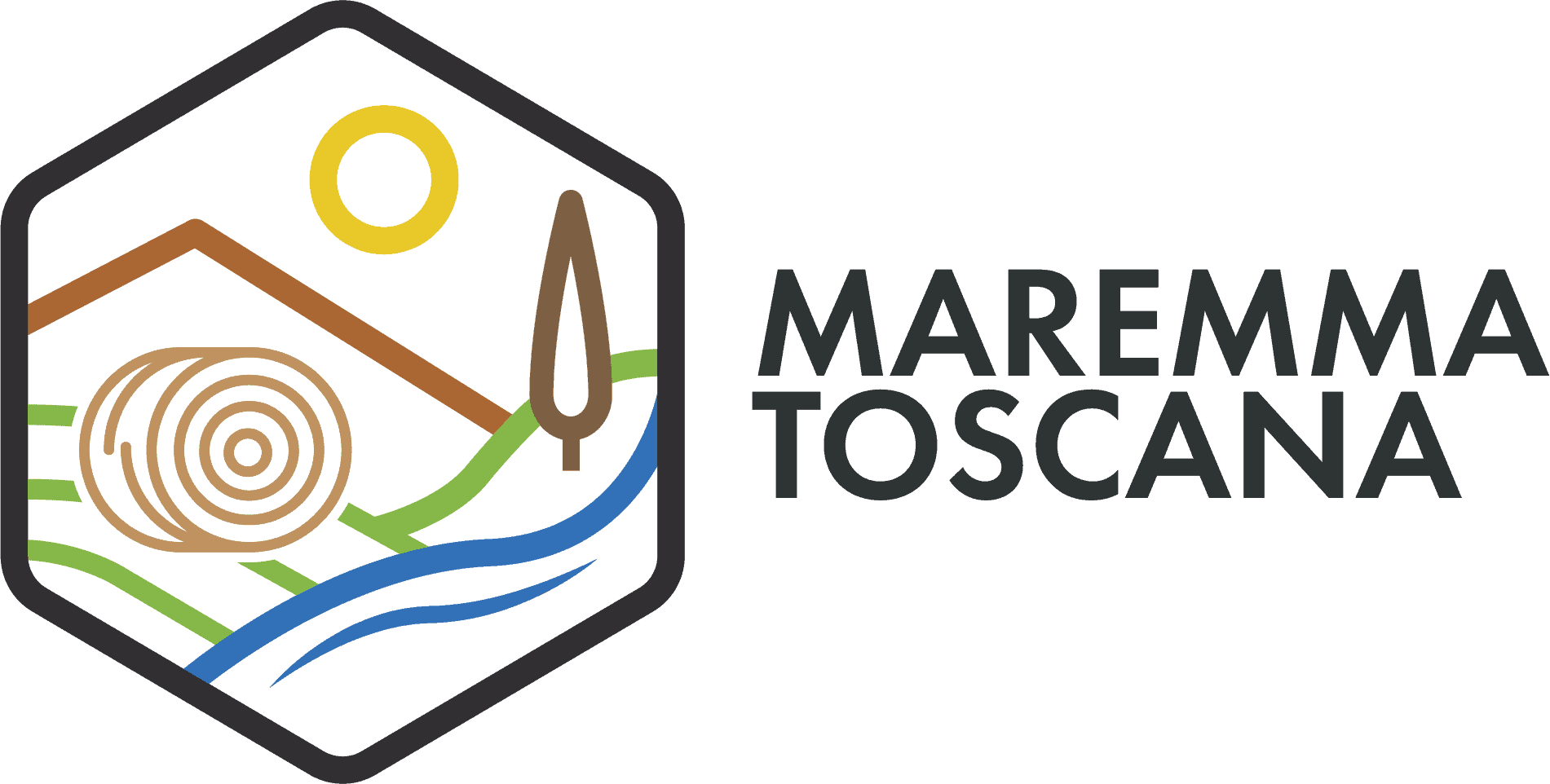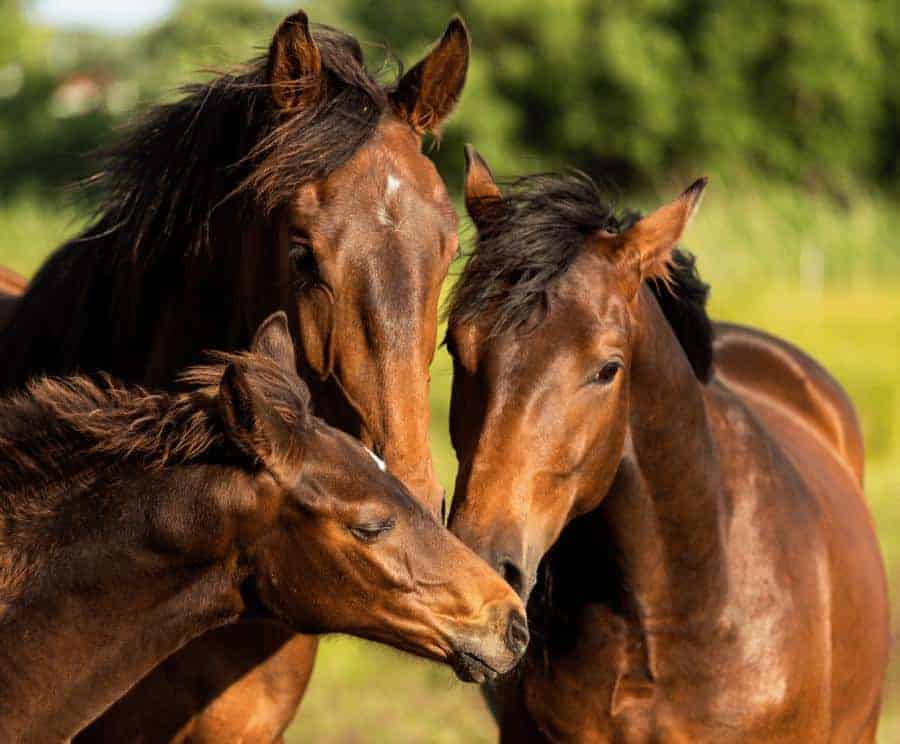THE MAREMMANO BREED HORSE IS SHORT, THIN, STRONG, RUSTIC, LIVELY AND CAREFUL OF THE WEATHER, FOR CENTURIES IT HAS HAD TO ADAPT TO THE DIFFICULT ENVIRONMENTAL CONDITIONS OF THE TUSCAN MAREMMA.
The Tuscan Maremma is a land with a particular climate, malarial and inhospitable for centuries. The tireless Maremma horse had to adapt to the harshness of this context, survive the numerous mosquitoes, feed itself and be content with parched pasture, develop structure, size, muscles and strength, to adhere to the difficult environment. The ancient Etruscans already bred one of his progenitors, selecting breeds and crossbreeding them, so as to obtain very fast animals with which the other breeds of the peninsula absolutely could not compete. Strabo, the Roman historian of the 1st century AD, reports that horses from Gaul and Germany were imported into the region to improve the breed. The bleeding and crossbreeding of the Maremma horse with Nordic and Central European breeds continued during the barbarian invasions, Goths and Lombards in particular. During the Renaissance some noble families, especially the Medici, dedicated great care to the selection and improvement of their breeding by importing Arabian stallions from Syria. From these crosses, tempered by the climate and places, the Maremmano purebred horse is born, unmistakable for its strong and lively character and its power.
THE ROBUSTNESS OF THE MAREMMANO HORSE HAS EARNED HIM APPRECIATION OVER THE CENTURIES AND SAFEGUARDING RACIAL INTEGRITY, BUT ALSO THE MISFORT OF HAVING GIVEN A HIGH CONTRIBUTION IN ALL THE WARS.
Horse for the army, once present on all battlefields, from the war in Crimea to the last cavalry charges in Russia, now they continue their usual work at the service of the Cowherds of the Tuscan Maremma. To maintain their characteristics of solidity, integrity and rusticity, while improving their bloodlines through crossbreeding with English thoroughbreds, the foals are still trained in the semi-wild state today and used by butterifor equestrian shows (Alberese Rose Tournament and Tolfa Butteri Tournament) and for the branding of livestock – the so-called Market – especially ad Alberese in the protected area of Maremma Regional Natural Park. Today the Maremma horse is mainly bred in the Province of Grosseto, and also in that of Florence, Arezzo, Livorno, Siena, and enjoys great popularity. Its true kingdom, however, was and remains the Maremma, where for centuries it has lived, reproduced and ran freely in the vast lands of this area.
Resources on the Maremma Horse
- National Association of Maremma Horse Breeders – Official website of the ANAM, whose aim is the valorisation and diffusion of Maremma horses. Proposes activities for 2013.

